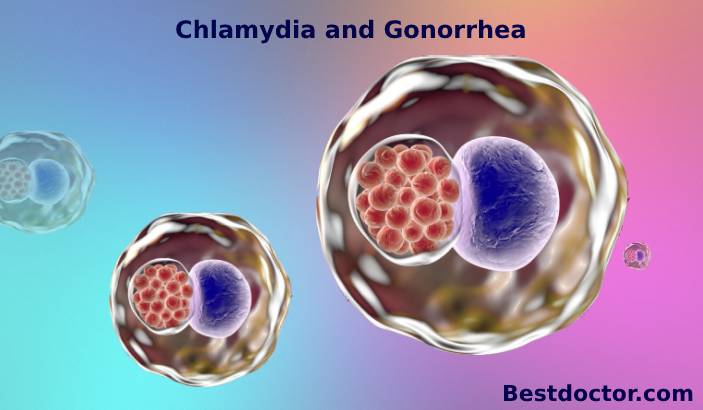Chlamydia and gonorrhea are two of the most common sexually transmitted infections (STIs) in the world. These bacterial infections can be transmitted through sexual contact with an infected person, and they can lead to serious health problems if left untreated. In this article, we will take a closer look at chlamydia and gonorrhea, their symptoms, causes, and treatment options.
Chlamydia is a bacterial infection that is caused by the bacterium Chlamydia trachomatis. It is the most common bacterial STI in the world, with an estimated 127 million new cases each year. Chlamydia is often asymptomatic, which means that many people who are infected do not experience any symptoms. This can make it difficult to detect and treat the infection, and it can also increase the risk of complications.
When symptoms do occur, they can include painful urination, abnormal vaginal discharge, and pain during sex. In men, chlamydia can cause testicular pain and swelling. If left untreated, chlamydia can lead to serious health problems, such as pelvic inflammatory disease (PID), which can cause infertility in women. Chlamydia can also increase the risk of HIV transmission.
Gonorrhea is another bacterial infection that is caused by the bacterium Neisseria gonorrhoeae. It is the second most common bacterial STI in the world, with an estimated 87 million new cases each year. Like chlamydia, gonorrhea can also be asymptomatic in many cases, which can make it difficult to detect and treat.
When symptoms do occur, they can include painful urination, abnormal vaginal discharge, and pain during sex. In men, gonorrhea can cause a discharge from the penis and testicular pain. If left untreated, gonorrhea can also lead to serious health problems, such as PID and infertility. Gonorrhea can also increase the risk of HIV transmission.
Both chlamydia and gonorrhea can be transmitted through sexual contact with an infected person, including vaginal, anal, and oral sex. The infections can also be transmitted from a mother to her baby during childbirth. The risk of infection can be reduced by practicing safe sex, such as using condoms and dental dams, and by getting regular STI screenings.
Diagnosis of chlamydia and gonorrhea can be done through a urine test, a swab of the genital area, or a blood test. Treatment typically involves antibiotics, which can effectively cure the infection in most cases. However, it is important to complete the full course of antibiotics as prescribed by a healthcare provider, even if symptoms improve before the medication is finished.
It is also important for sexual partners of infected individuals to get tested and treated, as the infections can be easily transmitted back and forth. This can help to prevent the spread of the infections and reduce the risk of complications.
In conclusion, chlamydia and gonorrhea are two common bacterial STIs that can lead to serious health problems if left untreated. While these infections can be asymptomatic in many cases, they can still be transmitted to sexual partners and lead to complications such as PID and infertility.
Practicing safe sex and getting regular STI screenings can help to reduce the risk of infection and ensure prompt diagnosis and treatment if an infection does occur. If you suspect that you may be infected with chlamydia or gonorrhea, it is important to seek medical attention as soon as possible.







